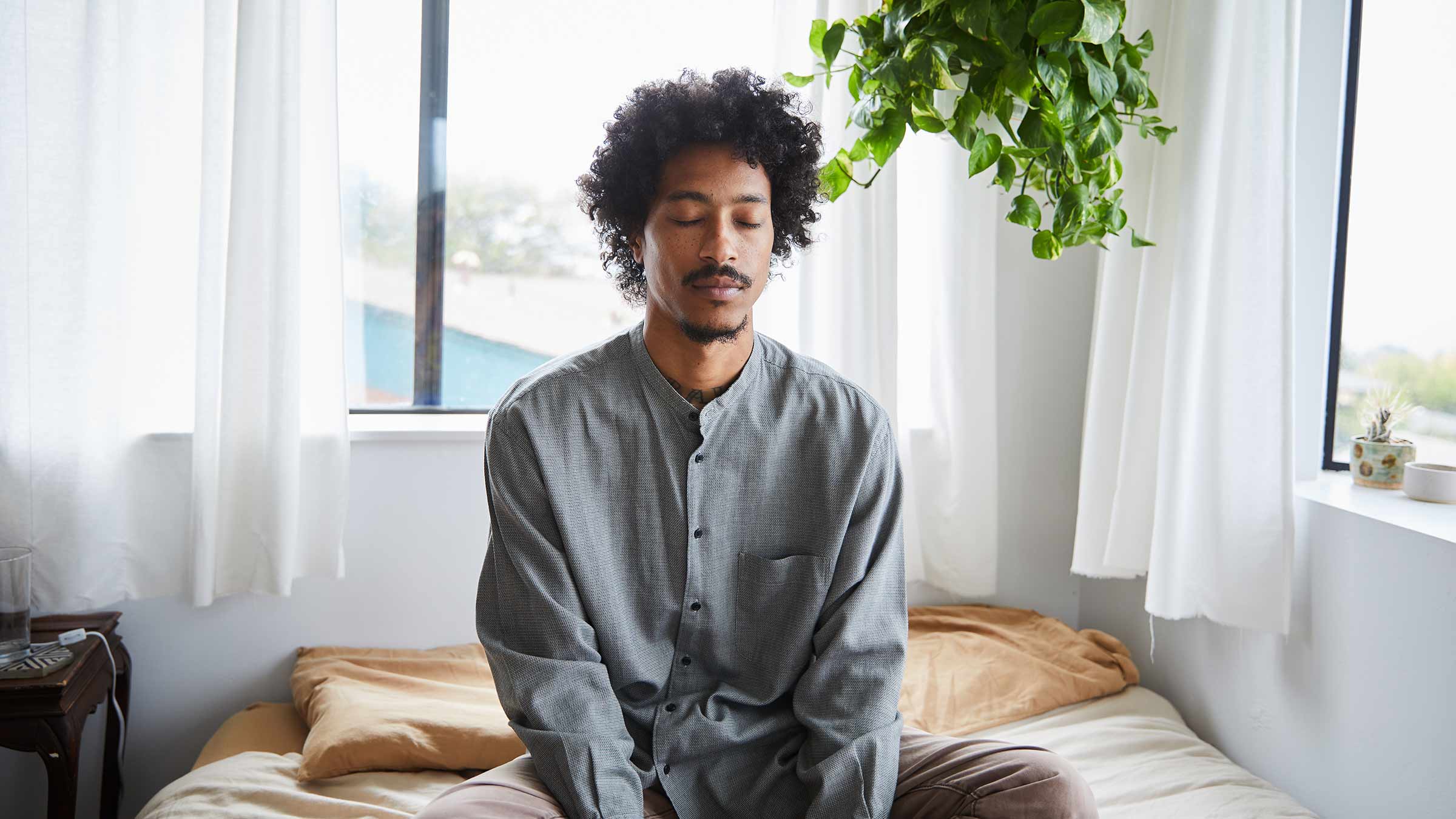
We never run out of thoughts. Thoughts are always moving. They give direction to our life. Our thoughts have energy — which keeps them in constant motion — and intelligence, which guides our actions.
But getting beyond active thinking is important to bring more calm and clarity into our minds. There’s a way to do that with spontaneous meditation.
Spontaneous meditation is one of many Ohio State Integrative Health courses available to the public
Many types of meditation involve concentrating on a thought, watching our breathing or scanning our body. Spontaneous meditation comes from the Vedic tradition of ancient India and involves using a personalized mantra, a word with specific vibrational qualities that enables you to go beyond the conscious flow of your thoughts and reach a deeper level of consciousness. You will learn the mantra and how to properly use it when you learn the spontaneous meditation technique. This type of meditation takes you to the source of your mind, which has unlimited energy and intelligence. This source is within each of us.
Spontaneous meditation is part of the holistic system of health care known as Ayurveda, which originated in India thousands of years ago. Ayurveda is a Sanskrit word that means “science of life.” Ayurveda’s main focus is on maintaining balance in the mind and body to prevent disorders and diseases. It’s also effective in treating medical conditions.
Why is meditation important, and what can spontaneous meditation do for us?
We can utilize spontaneous meditation to access the energy and intelligence that resides in our deep inner being — the source of our thoughts. By accessing this area, we can bring more of that energy and intelligence into our daily existence. Our mind and body are connected, so practicing spontaneous meditation will have an enormous impact on our overall health and well-being. It increases your energy and decreases your stress and anxiety. And experiencing the bliss of your deep inner being has a profound effect on increasing your inner peace.
Is spontaneous meditation difficult to do?
No, spontaneous meditation is easy and effortless. You can sit comfortably on a chair, couch, bed or the floor while you’re doing spontaneous meditation. The nature of the mind is to go to an area of increasing charm and bliss, and bliss is another characteristic of our deep inner being which is the source of our mind. So, when you learn the correct method for doing spontaneous meditation, the process is effortless and spontaneous — hence the name.
The benefits of spontaneous meditation
Research has shown various health benefits of meditation for both the mind and body. These include reduced stress, anxiety and depression, and improved brain function, improved sleep, reduced expression of genes involved in inflammation and heart disease, increased expression of genes involved in tumor suppression, normalized blood pressure, etc.
How often should I do spontaneous meditation?
It’s best if you do it twice a day, in the morning and evening. The morning session prepares you for a successful day of activity, and the evening session reduces the stresses of the day and prepares you for a relaxing evening. It’s important to do spontaneous meditation regularly. Just as your body needs food two to three times a day, likewise your mind needs to be refueled with energy and intelligence twice a day.

Integrative medicine heals the whole person
Learn more about our programs and schedule an appointment.
Learn more




